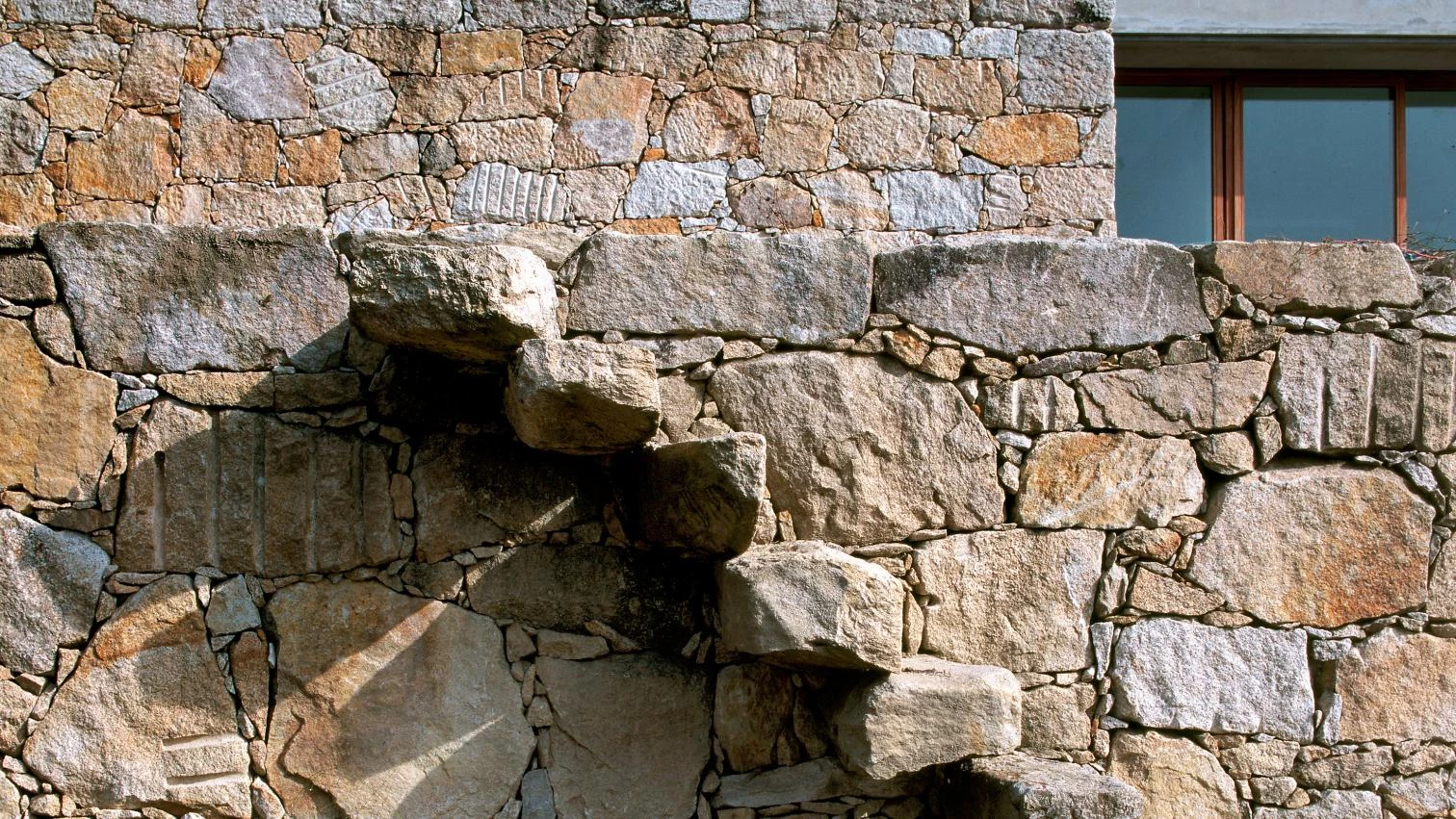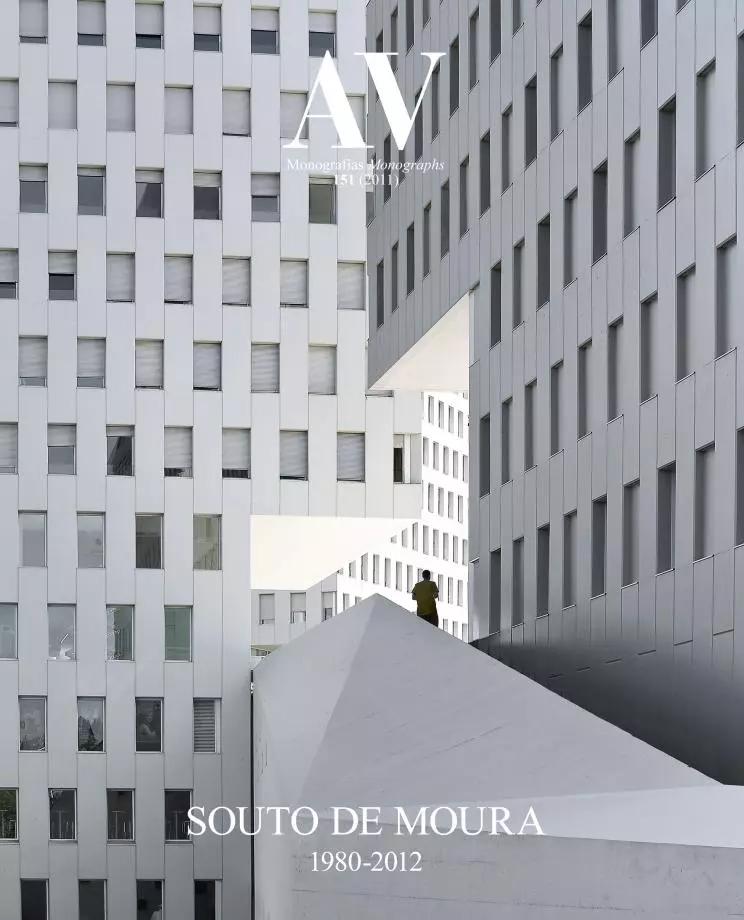Local and Global

Linking up with the ‘laconic’ tradition – as Kenneth Frampton accurately defined it – of the School of Porto, the oeuvre of Eduardo Souto de Moura does not demand a large theoretical framework, which doesn’t mean that the cultural context from which it emerges isn’t rich, complex or revealing. Some of the themes of this context will be outlined here, but it is fitting to begin with the architect himself. Eduardo Souto de Moura is less a leader than a resilient figure, which is why it seems as though he never wears out. Even though he is a long-distance runner, Souto is always concentrated, focussed, as they say today, or, rather, obstinate, to use a term with greater tradition and political incorrectness. Unlike other prominent architects, Souto is ambitious in a sense that does not involve personal vanity but the determination, clear from the first moment, to climb the competitive and cruel Everest that architecture is today.
The ‘localidade’, that is, the deeply rooted character of the oeuvre of Souto de Moura – whose training and work develops in northern Portugal and southern Europe – is an essential concept in order to understand his oeuvre. This ‘localidade’ shapes his temperament, to the point that it ends up becoming ‘bairrismo’ (‘localism’). Souto de Moura is a son of the ‘School of Porto’ to a, let’s say, anthropological extent: he still feels comfortable in the place where he lives and from which he made himself known. His self-trust comes not only from this personality, but reveals a feeling of belonging to the elitist bourgeoisie of Porto: progressive, secular and entrepreneurial, independent from Lisbon, the capital of the old empire. And intensely localist: the truth has always been written from this corner of the world...





